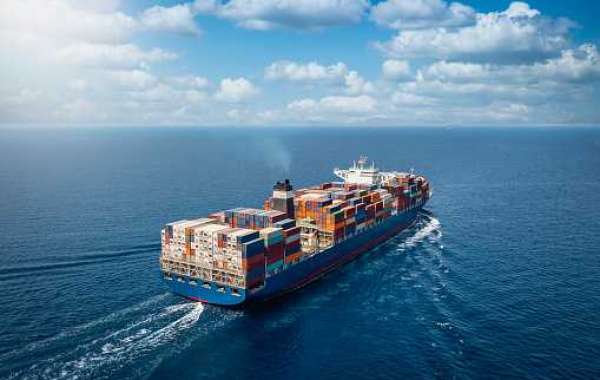Consolidate Shipping
If you ship frequently to and from the same location, you might want to consider consolidating your shipments into larger, less frequent shipments. On a pallet, similar products can be stacked together. As a result, you will save money on freight shipping costs and save time by only needing to track one shipment rather than all of them.
Select the Best Carrier For Your Route
There are mainly two types of carriers to choose from, and they are smaller regional carriers and larger national carriers. There are some carriers that are excellent national freight carriers and are perfect for long, cross-country hauls. In the case of short, regional shipments, smaller regional carriers might be better suited. When your products travel only a short distance within the region, they can be less expensive. It is important to keep in mind that individual carriers have different pricing depending on where you are shipping. For the best rates for shipping your products, always choose the best shipping service provider in your area.
Know Your Freight Classification
Freight classification is a standardized method to give consumers and carriers a uniform pricing structure when shipping freight. It measures an item’s transportability by density, liability, and ease of handling. In total, there are 18 freight classes, with Class 50 being the lowest and Class 500 being the highest. For every hundred pounds you ship, the higher the class, the higher the rate.
Minimise Empty Pallet Space
Two simple ways to save money on your shipment are to reduce the freight class and minimize oversize charges. Make sure the pallet is packed as densely as possible, without any empty spaces, to get the freight class as low as possible. A height of more than 60 inches should be avoided whenever possible. You might be surprised with an additional surcharge for your freight shipment if you exceed that limit.
Understand Carrier Lanes
You will pay a higher rate for your shipment if your carrier uses lanes that have imbalances on freight routes. Referring to the leg of the trip, headhaul and backhaul are the most commonly used terms. A headhaul or initial shipment or order is what puts the truck on the road in the first place. There is no other business for carriers in the headhaul lane, so they charge a premium for it. During the backhaul lane, cargo is shipped back to the origin. Backhaul rates are typically significantly reduced because no one wants to pay for an empty trailer.








